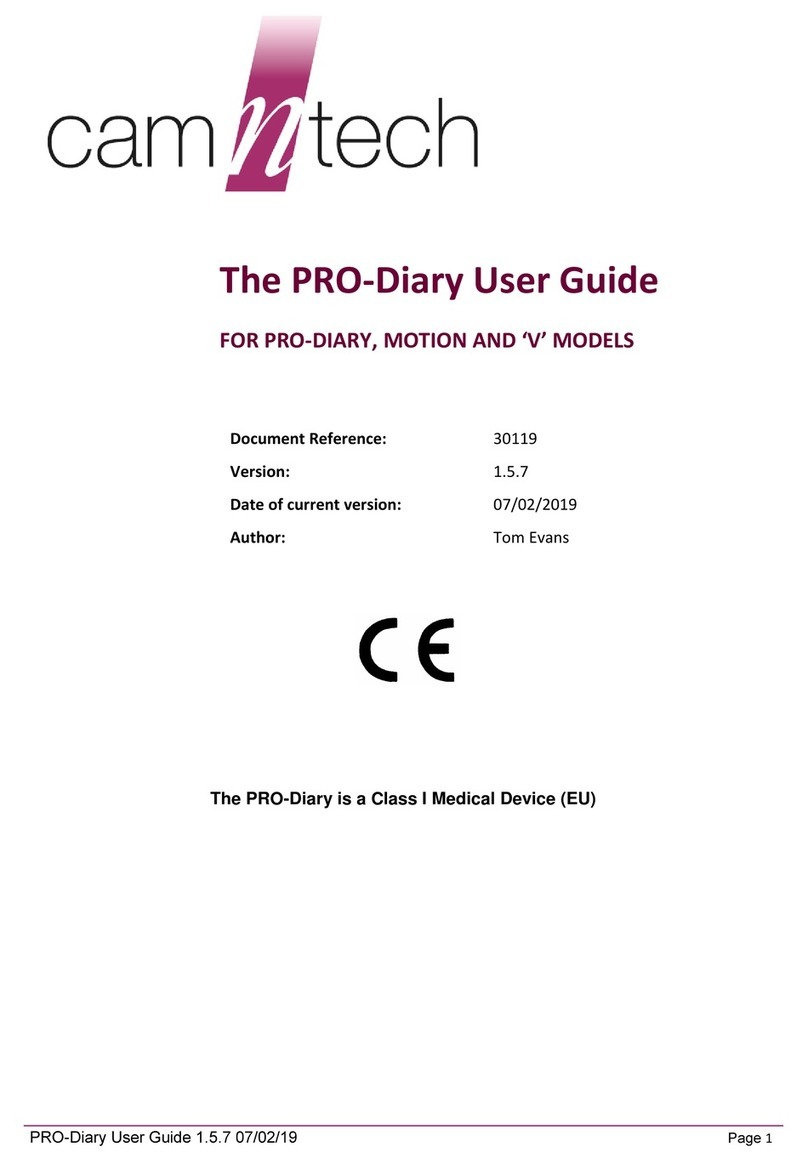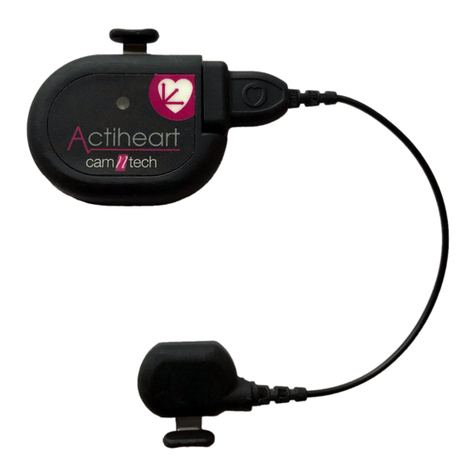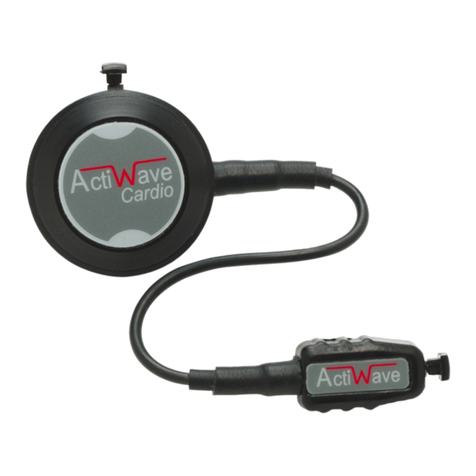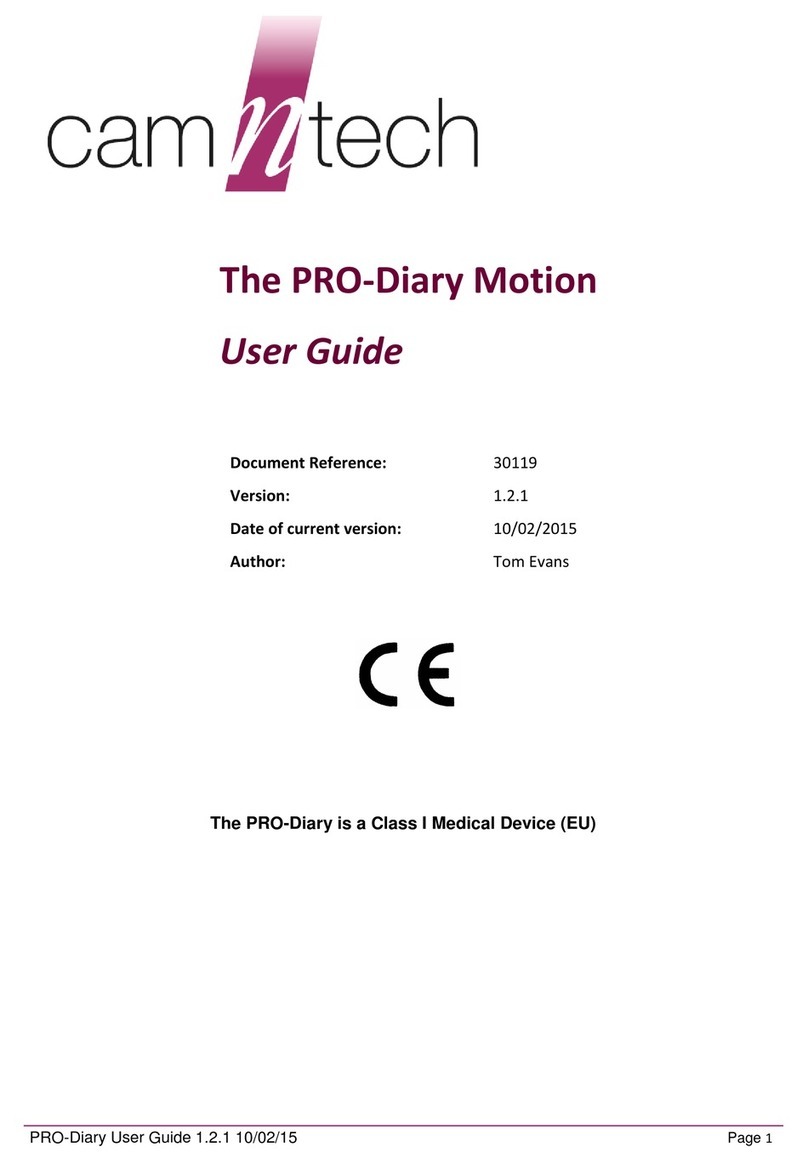Actiheart User Manual 5.1.31 (Jun 2022)
6
4.4.15 THE UTILITIES TAB .................................................................................................................................................................. 46
4.4.16 PRINTING AND PREVIEWING DATA ............................................................................................................................................. 46
4.4.17 COPYING ALL DAYS................................................................................................................................................................. 47
4.5 THE STEP TEST ............................................................................................................................................................................ 47
4.5.1 OVERVIEW .............................................................................................................................................................................. 47
4.5.2 SETTING-UP A STEP TEST ........................................................................................................................................................... 47
4.5.3 DOWNLOADING STEP TEST DATA FROM THE ACTIHEART................................................................................................................... 49
4.5.4 VIEWING DETAILS OF A STEP TEST RECORDING............................................................................................................................... 49
4.5.6 ANALYSING A STEP TEST RECORDING............................................................................................................................................ 49
4.5.7 THE ENERGY REGRESSION EQUATIONS.......................................................................................................................................... 50
4.5.8 SETTING-UP MULTIPLE USERS..................................................................................................................................................... 51
4.5.9 MARKING BAD HR DATA............................................................................................................................................................ 51
4.5.10 COPYING DATA FOR A USER...................................................................................................................................................... 51
4.5.11 PRINTING AND PREVIEWING...................................................................................................................................................... 51
4.5.12 ANALYSE ALL ......................................................................................................................................................................... 52
4.5.13 SAVING AN INDIVIDUAL CALIBRATION ......................................................................................................................................... 52
4.5.14 CORRECTING THE STEP HEIGHT OF A COMPLETED TEST .................................................................................................................. 52
5 FULL WAVEFORM ANALYSIS .................................................................................................................................................. 53
5.1 SELECTING A RECORDING .............................................................................................................................................................. 53
5.2 WAVEFORM VIEWER.................................................................................................................................................................... 54
5.3 ECG AVERAGE ............................................................................................................................................................................ 56
6.0 SLEEP ANALYSIS [RESEARCH ONLY]..................................................................................................................................... 58
6.1 OVERVIEW ................................................................................................................................................................................. 58
6.1.1 CHOOSING AN APPLICATION FOR MAKING A RECORDING.................................................................................................................. 58
6.2 SLEEP ANALYSIS........................................................................................................................................................................... 59
6.2.1 SETTING UP A SLEEP RECORDING ................................................................................................................................................. 59
6.3 ANALYSING A SLEEP ANALYSIS RECORDING ....................................................................................................................................... 59
6.3.1 VIEWING A SPECIFIC DATA POINT ................................................................................................................................................ 61
6.3.2 BEAT TO BEAT ZOOM ................................................................................................................................................................ 61
6.3.3 PREVIEWING DATA.................................................................................................................................................................... 62
6.3.4 PRINTING DATA........................................................................................................................................................................ 62
6.3.5 COPYING DATA ........................................................................................................................................................................ 62
6.3.6 EXPORTING DATA ..................................................................................................................................................................... 62
6.4 SLEEP STAGING ........................................................................................................................................................................... 63
6.4.1 PREVIEWING DATA.................................................................................................................................................................... 65
6.4.2 PRINTING DATA........................................................................................................................................................................ 65
6.4.3 COPYING DATA ........................................................................................................................................................................ 65
6.4.4 EXPORTING DATA ..................................................................................................................................................................... 65
6.5 APNOEA SCREENING..................................................................................................................................................................... 66
6.5.1 PREVIEWING DATA.................................................................................................................................................................... 67
6.5.2 PRINTING DATA........................................................................................................................................................................ 67
6.5.3 COPYING DATA ........................................................................................................................................................................ 67
6.5.4 EXPORTING DATA ..................................................................................................................................................................... 67
6.6 APNOEA SEARCH ......................................................................................................................................................................... 68
6.6.1 PREVIEWING DATA.................................................................................................................................................................... 69
6.6.2 PRINTING DATA........................................................................................................................................................................ 69
6.6.3 COPYING DATA ........................................................................................................................................................................ 69
6.6.4 EXPORTING DATA ..................................................................................................................................................................... 69
6.7 SPECTRO-GRAM........................................................................................................................................................................... 70
6.7.1 PREVIEWING DATA.................................................................................................................................................................... 70































